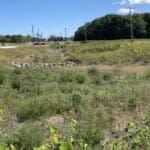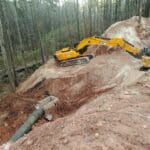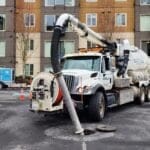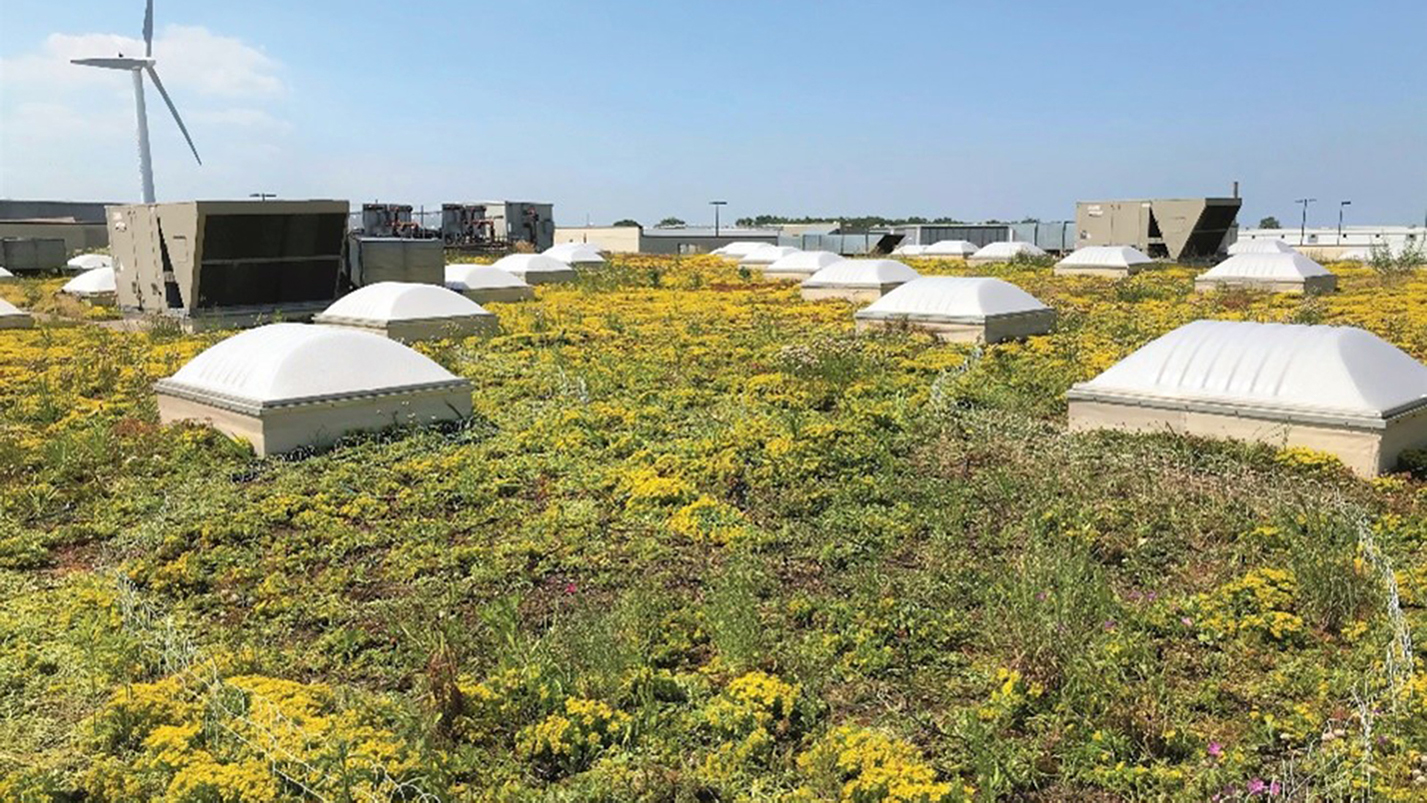City of Spokane Valley
The City of Spokane Valley has enacted a Stormwater Ordinance in order to establish minimum stormwater management requirements and controls to protect and safeguard the general health, safety, and welfare of the public residing in watersheds within this jurisdiction. The City of Spokane Valley is the permitting authority for all land disturbing activities and requires the land owner to maintain all on-site stormwater control facilities and all open space areas (e.g. parks or “green” areas) required by the approved stormwater control plan. The City of Spokane Valley will only provide construction permits to projects that establish a plan to manage stormwater runoff occurring during the construction process. The City of Spokane Valley, under the NPDES program, also has the authority to inspect properties for noncompliance and can issue a notice of violation (NOV) for any deficiency or infraction onsite. Property owners are responsible for the maintenance of any stormwater facilities or practices located on the property. The City of Spokane Valley has the authority to inspect stormwater facilities and practices in order to ascertain that they are properly maintained and functioning.
Excerpt from Spokane County Stormwater Fees Webpage
Service Charges
Stormwater service charges for businesses, industries, farms, apartment buildings and other non-residential land uses are calculated based on their impervious coverage as compared to the average single-family residential unit. For example, if a commercial parcel has four times more impervious coverage than a residential parcel, it is charged four times the single-family rate for the drainage service area.
Annual charges are based on the specific rates for each of the service areas as shown below. Maps of the specific service areas are available from Spokane County Engineering and Roads, Stormwater Section.
Excerpt from Spokane Regional Stormwater Manual
2.1.1 REGULATORY THRESHOLD
The regulatory threshold is the “trigger” for requiring compliance with the Basic Requirements of this Manual. This threshold varies from jurisdiction to jurisdiction. In Spokane County and the City of Spokane Valley, it is defined as “the addition or replacement of 5,000 square feet or more of impervious surfaces or the disturbance of 1 acre or more.” In the City of Spokane, the threshold is defined as “the addition or replacement of any impervious surfaces.” The regulatory threshold applies to the total impervious area replaced or added at full build-out. Refer to “common plan of development or sale” definition to determine whether your project will trigger the regulatory threshold.
All projects proposing underground injection control (UIC) facilities must comply with UIC requirements, regardless of whether they trigger the regulatory threshold.
2.2.8 BASIC REQUIREMENT NO. 8 – OPERATION AND MAINTENANCE
Objective
To ensure that stormwater control facilities are adequately maintained and properly operated, documentation describing the applicable preventive maintenance and recommended maintenance schedule shall be prepared and provided to the entity responsible for maintaining the stormwater system.
For drainage ponds and other drainage facilities outside of the public road right of way, the project proponent shall provide the financial means and arrangements for the perpetual maintenance of the drainage facilities.
Proponents shall operate and maintain the facilities in accordance with an operation and maintenance plan that meets the criteria specified in Chapter 11. The operation and maintenance plan shall also include applicable source control BMPs, as described in Chapter 10.
Applicability
All projects that meet the regulatory threshold and that propose drainage facilities or structures shall comply with this Basic Requirement. All projects that propose UIC facilities also must comply with the operation and maintenance requirements, regardless of whether they exceed the regulatory threshold.
11.1 MAINTENANCE –
11.1.3 HOMEOWNERS’ AND PROPERTY OWNERS’ ASSOCIATIONS
For privately maintained stormwater systems in residential neighborhoods, a homeowner’s association, or alternate entity acceptable to the local jurisdiction, shall be formed to maintain the facilities located outside of the public right of way.
A draft copy of the CC&Rs for the HOA in charge of operating and maintaining the facilities associated with the stormwater system shall be submitted as part of the Drainage Submittal review package. The CC&Rs shall summarize the maintenance and fiscal responsibilities of the HOA, reference the O&M Manual (Section 11.1.4), and include a copy of the sinking fund calculations and Financial Plan (Section 11.1.5). Annual HOA dues shall provide funding for the annual operation and maintenance of all facilities associated with the stormwater system and for the eventual replacement of these facilities.
For commercial/industrial and multi-family residential developments with joint stormwater systems and multiple owners, a property owners’ association (POA) or similar entity such as a business shall be formed, or a reciprocal-use agreement executed.
Homeowners’ associations and property owners’ associations are to be non-profit organizations accepted by the Washington Secretary of State. A standard business license is not acceptable for this purpose.
11.1.4 OPERATION AND MAINTENANCE MANUAL
For stormwater systems operated and maintained by a HOA or POA, an O&M Manual is required. The O&M Manual summarizes the tasks required to ensure the proper operation of all facilities associated with the stormwater system and must include, as a minimum:
• Description of the entity responsible for the perpetual maintenance of all facilities associated with the stormwater system, including legal means of successorship;
• Description of maintenance tasks to be performed and their frequency;
• A list of the expected design life and replacement schedule of each component of the stormwater system;
• A general site plan (drawn to scale) showing the overall layout of the site and all the facilities associated with the stormwater system; and,
• A description of the source control BMPs.
Spokane Valley Resources
Spokane Valley Stormwater Management Program Plan
Spokane Valley Stormwater Webpage
Spokane Regional Stormwater Manual
Spokane County Stormwater Fees Webpage

 Kenosha, Wis. Highway KR Regenerative Stormwater ConveyanceThe Root-Pike Watershed Initiative Network Kenosha County, and others worked with AQUALIS to design and implement an innovative solution for stormwater control along Highway KR.
Kenosha, Wis. Highway KR Regenerative Stormwater ConveyanceThe Root-Pike Watershed Initiative Network Kenosha County, and others worked with AQUALIS to design and implement an innovative solution for stormwater control along Highway KR. Durham, N.C. Sinkhole Leads to Stormwater System RehabilitationThe tenant on this property noticed a depression that opened to the ground below and notified the property owners.
Durham, N.C. Sinkhole Leads to Stormwater System RehabilitationThe tenant on this property noticed a depression that opened to the ground below and notified the property owners.

